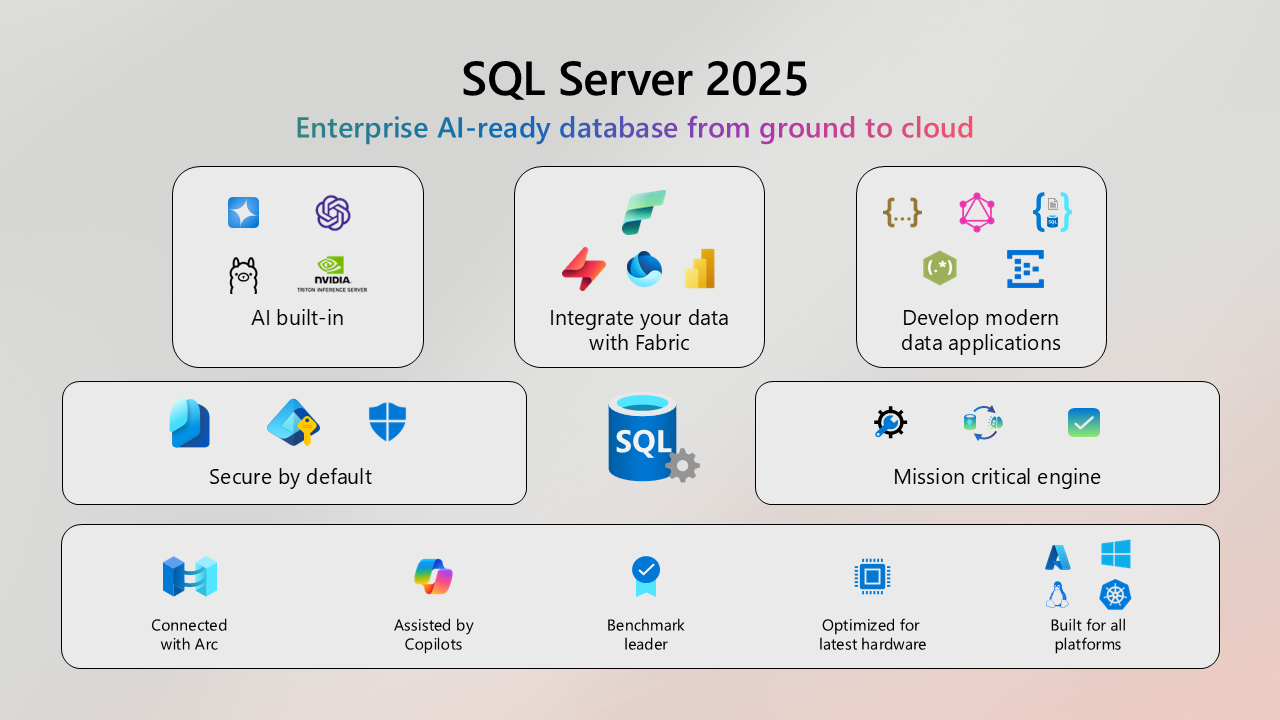Data modeling is a critical step in building an effective data warehouse. Choosing the right data modeling technique ensures that your data warehouse is aligned with your organization's needs and delivers value to your business. In this blog post, we'll explore the key factors you need to consider when selecting a data modeling technique for your data warehouse.
Business Requirements
Understanding your organization's business requirements is the first step in selecting the right data modeling technique. You need to identify the problems your data warehouse needs to solve, the data you need to solve them, and your reporting and analysis requirements.
Data Volume and Velocity
Data volume and velocity are critical factors in determining the right data modeling technique. If you have a large volume of data or need to process data quickly, you may need a different technique than if you have a small volume of data or don't need to process it in real-time.
Data Complexity
The complexity of both the source data and the reporting/analytics system plays a crucial role in determining the appropriate approach. If your requirements involve numerous dimensions, hierarchies, large data volumes, dimensional calculations, and time series comparisons, opting for a proven modeling technique (link through to blog on choosing the right modeling technique) is recommended, which apply for a data warehouse or a data lakehouse, or similar. Additionally, the nature of the source data, including the need to unify disparate systems like ERP and CRM, as well as web analytics data, should influence your choice of a modeling technique that facilitates seamless integration with evolving data sources.
Conversely, if your data source exhibits relatively straightforward structures with minimal dependencies, leveraging frontend technologies like Power BI, Qlik, or Tableau may suffice, requiring less data preparation and a formal data model.
Data Integration
Data integration is the process of combining data from different sources into a single, unified view. The right data modeling technique should support data integration and enable you to combine data from multiple sources.
Scalability
Scalability is the ability of your data modeling technique to handle large volumes of data and increased processing requirements. You need to ensure that your chosen technique can scale as your business grows.
Flexibility
Flexibility is the ability to adapt to changes in your business requirements or data sources. Your data modeling technique should be flexible enough to accommodate changes in your organization's needs and data sources.
Cost
Cost is always a factor in selecting a data modeling technique. You need to consider the cost of development, maintenance, and licensing when choosing a technique.
Skills
The skills and expertise of your team or resources are crucial for the success of your project. Data modeling necessitates a deep understanding of database concepts, data structures, and modeling methodologies. Proficiency in SQL, data modeling tools, and relevant programming languages is good to have. Strong analytical and problem-solving skills are also vital for translating business requirements into a well-designed data model. Domain knowledge and effective collaboration and communication with stakeholders further contribute to successful data modeling. By carefully assessing your team's skill set, you can optimize your data warehouse's potential and make informed decisions when selecting the appropriate data modeling approach.





